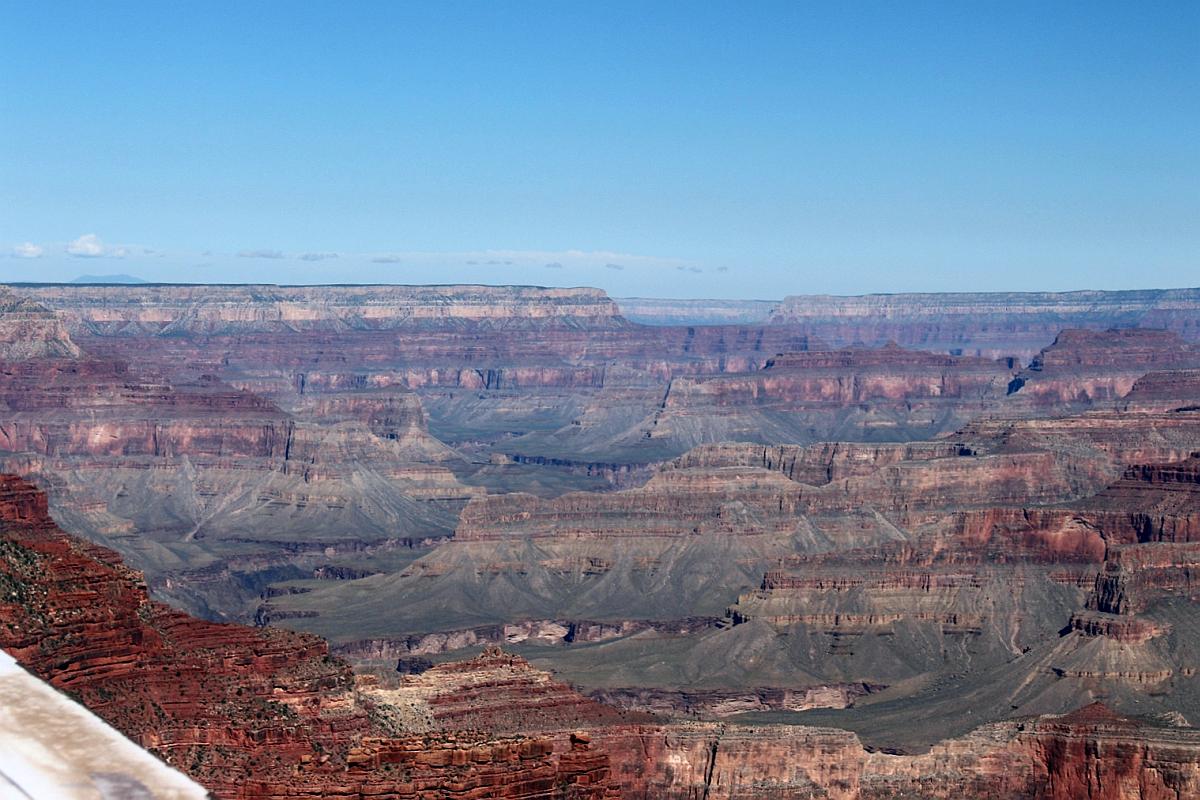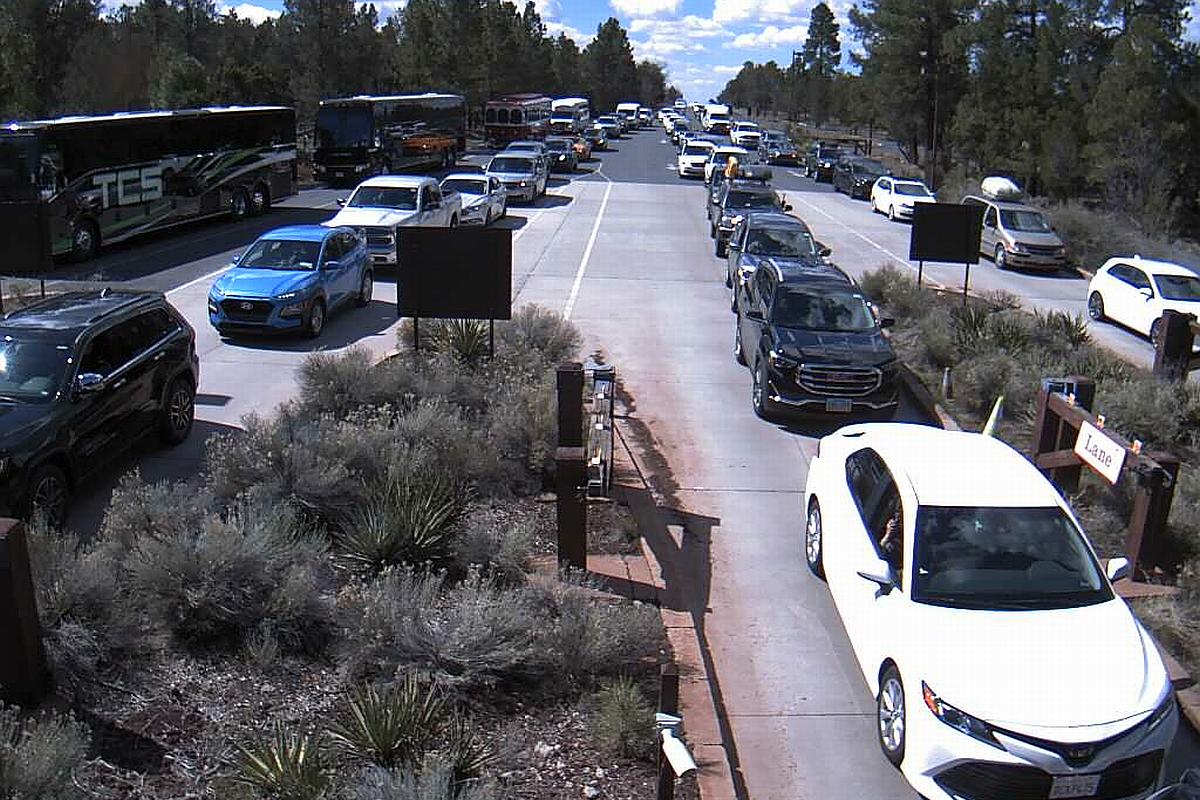 Last year, we both had our annual check-up with the family physician. After our exams, he ordered some lab work, mainly phlebotomy (blood work). Within a few days, Damsel got a call from their office advising that her tests had come back showing her to be in pre-diabetes (type 2) with high triglycerides. My results weren’t all that too hot either, with the usual (for me) high cholesterol and other chronic problems showing up (kidney, hypertension, etc.). The doctor recommended a low-sugar (i.e. low carbohydrate) diet for her.
Last year, we both had our annual check-up with the family physician. After our exams, he ordered some lab work, mainly phlebotomy (blood work). Within a few days, Damsel got a call from their office advising that her tests had come back showing her to be in pre-diabetes (type 2) with high triglycerides. My results weren’t all that too hot either, with the usual (for me) high cholesterol and other chronic problems showing up (kidney, hypertension, etc.). The doctor recommended a low-sugar (i.e. low carbohydrate) diet for her.
The pre-diabetes condition was something that immediately needed attention. We searched for and found a volume on KETO pre-diabetic recipes that went a step further than food prep and described how a body typically could reverse the diabetic trend by eliminating most high-in-carbohydrates foods. After reading up on some of the science behind the recovery process, we both decided to adapt our food preparation and consumption habits. Damsel to try and slow down the diabetes potential and me to try and lose some of the fifteen or so extra pounds.
The first step was to purge from the pantry any and all items that were on an IMMENSE list of high carb no-nos. After filling up four good sized cardboard boxes of goodies headed out to the local food bank, we dutifully delivered them never to see the likes of those items in our pantry again. The list included rice, pasta, legumes, peas, corn, carrots, wheat flour, cornbread mix, pancake mix and so forth, most of which would regularly be included in our home-prepared meals.
We quickly adapted to the change and found many delicious recipes for low carb meals. There is plenty of on-line help on the food topic out there including Diet Doctor, plus there are cookbooks galore including many by TV Chef George Stella whose variety and clever substitutions for hi-carb goodies is a very good thing.
Early this year, after being on the new feeding arrangement for a few months, we saw the family doctor again. He prescribed follow-up testing to see how we were doing. When the test results came back, Damsel showed a definite drop in the triglycerides and other lipids that were now essentially normal. I did not see her A1C number, but the verbal report indicated it was now normal.
Damsel has lost a few pounds since the onset of the low-carb regimen, but more importantly, she is now in the green arc.
Me, on the other hand, I am now back to my high-school weight, having lost about 25 pounds. My weight is now stable and is normal for my height and build. I have now backed off of my blood pressure meds to about ⅓ of the previous dosage. I visited the kidney specialist and was advised that my marginal function had improved from 60 percent efficient to 80, which is fairly normal for my age (just turned 76 this week). My lipid numbers are all normal except for a high HDL cholesterol reading (a GOOD thing) and a low risk for cardio-vascular problems (a VERY GOOD thing).
The following excerpt* from one of our several books on the topic describes how we are neither starving nor craving these days:
MAINTAINING A LOW-CARB, HIGH-FAT DIET is beneficial for weight loss. Most importantly, according to an increasing number of studies, it helps reduce risk factors for diabetes, heart diseases, stroke, Alzheimer’s, epilepsy, and more. The keto diet promotes fresh whole foods like meat, fish, veggies, and healthy fats and oils, and greatly reduces processed, chemically treated foods. It’s a diet that you can sustain long-term and enjoy. What’s not to enjoy about a diet that encourages eating bacon and eggs for breakfast!
Studies consistently show that a keto diet helps people lose more weight, improve energy levels throughout the day, and stay satiated longer. The increased satiety and improved energy levels are attributed to most of the calories coming from fat, which is very slow to digest and calorically dense. As a result, keto dieters commonly consume fewer calories because they’re satiated longer and don’t feel the need to eat as much or as often.
* Ramos, Amy. The Complete Ketogenic Diet for Beginners: Your Essential Guide to Living the Keto Lifestyle (p. 13). Rockridge Press. Kindle Edition.

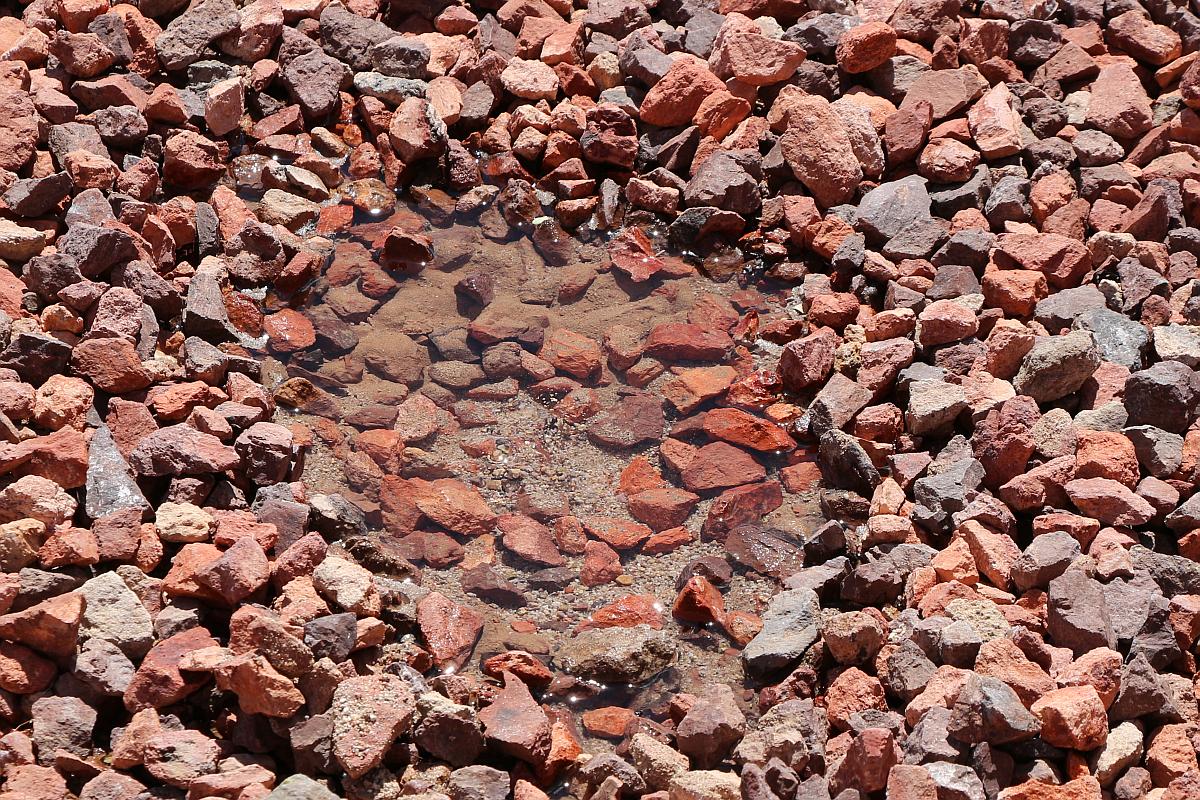
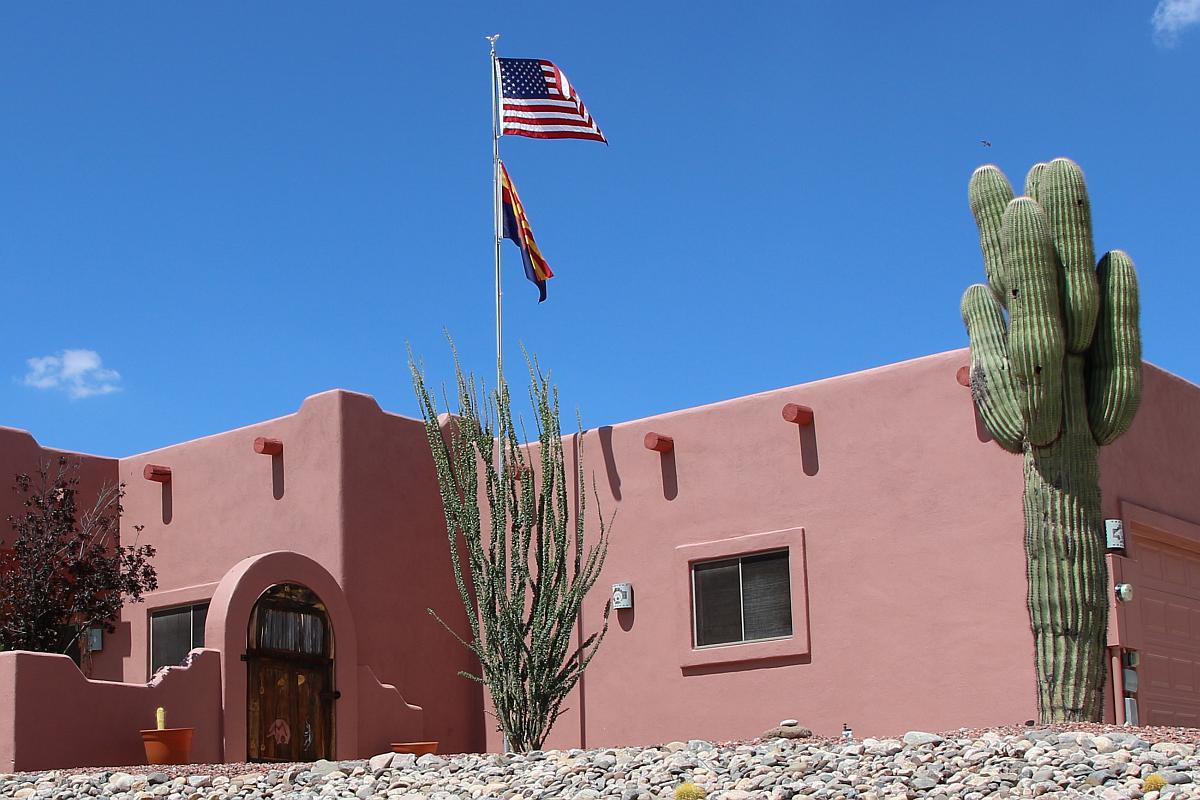
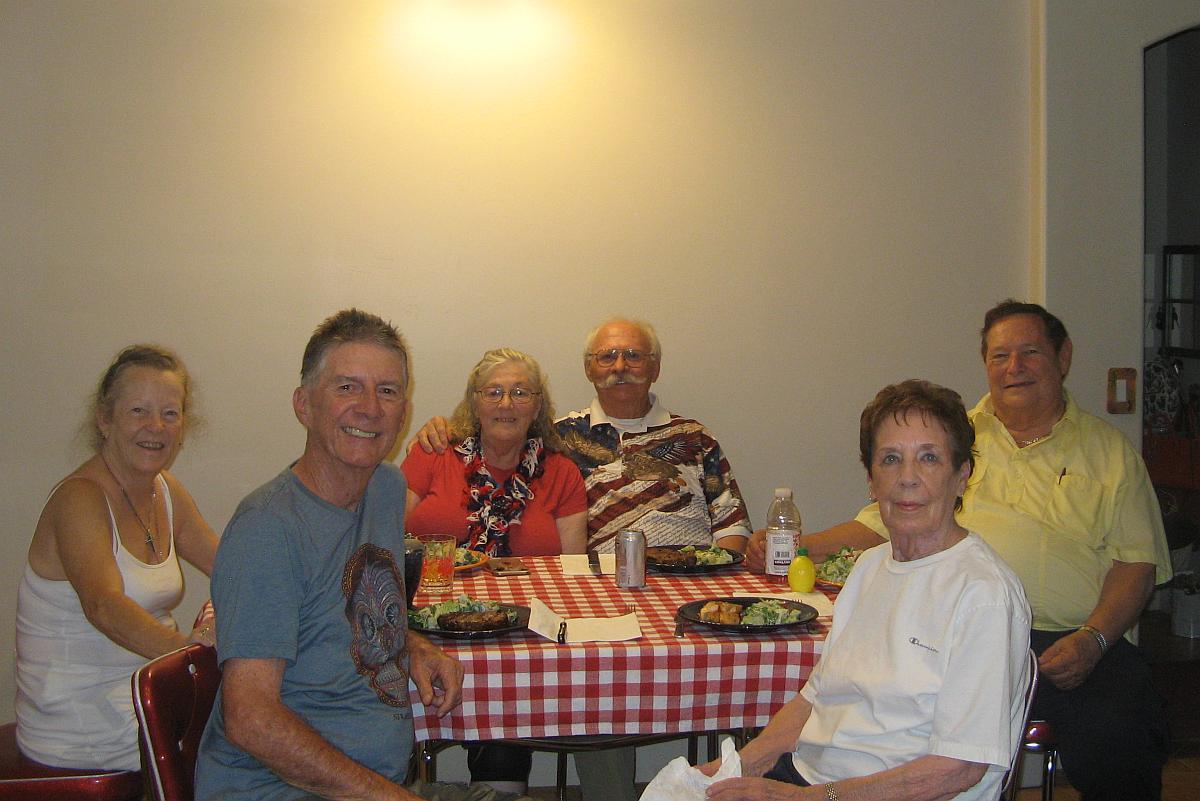
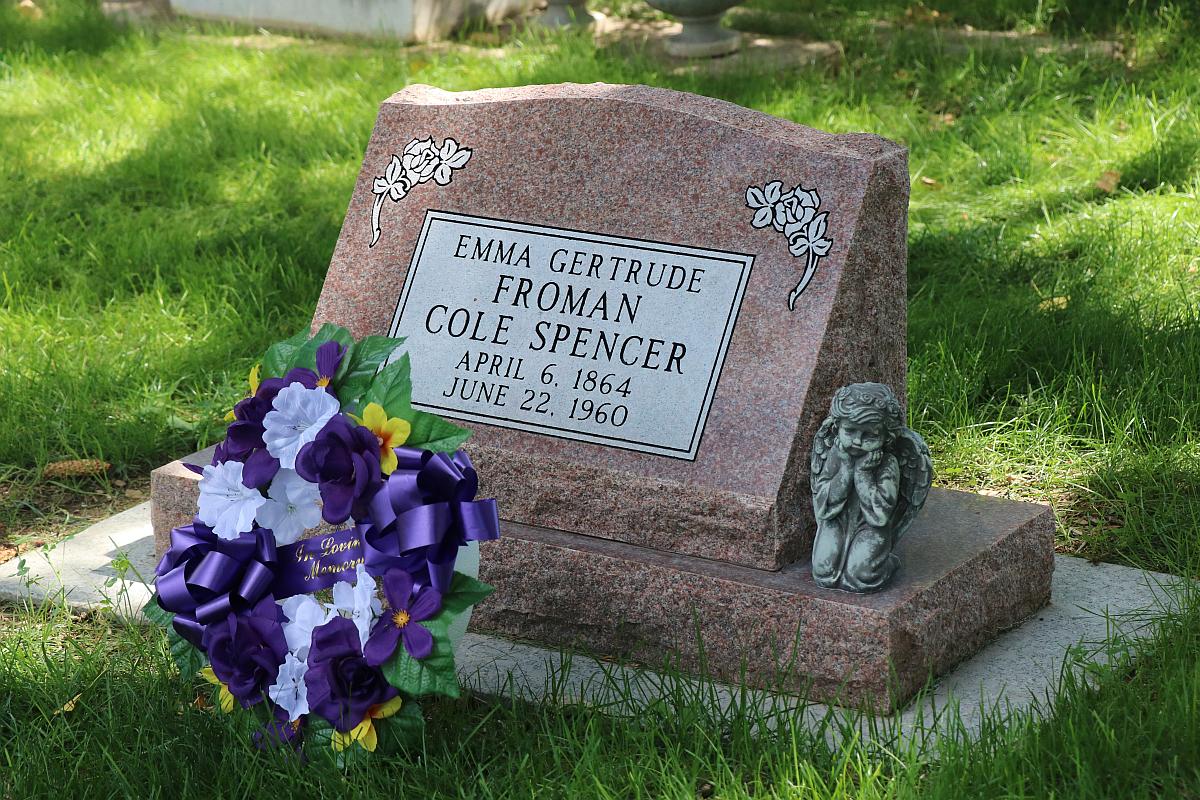
 Last year, we both had our annual check-up with the family physician. After our exams, he ordered some lab work, mainly phlebotomy (blood work). Within a few days, Damsel got a call from their office advising that her tests had come back showing her to be in pre-diabetes (type 2) with high triglycerides. My results weren’t all that too hot either, with the usual (for me) high cholesterol and other chronic problems showing up (kidney, hypertension, etc.). The doctor recommended a low-sugar (i.e. low carbohydrate) diet for her.
Last year, we both had our annual check-up with the family physician. After our exams, he ordered some lab work, mainly phlebotomy (blood work). Within a few days, Damsel got a call from their office advising that her tests had come back showing her to be in pre-diabetes (type 2) with high triglycerides. My results weren’t all that too hot either, with the usual (for me) high cholesterol and other chronic problems showing up (kidney, hypertension, etc.). The doctor recommended a low-sugar (i.e. low carbohydrate) diet for her.